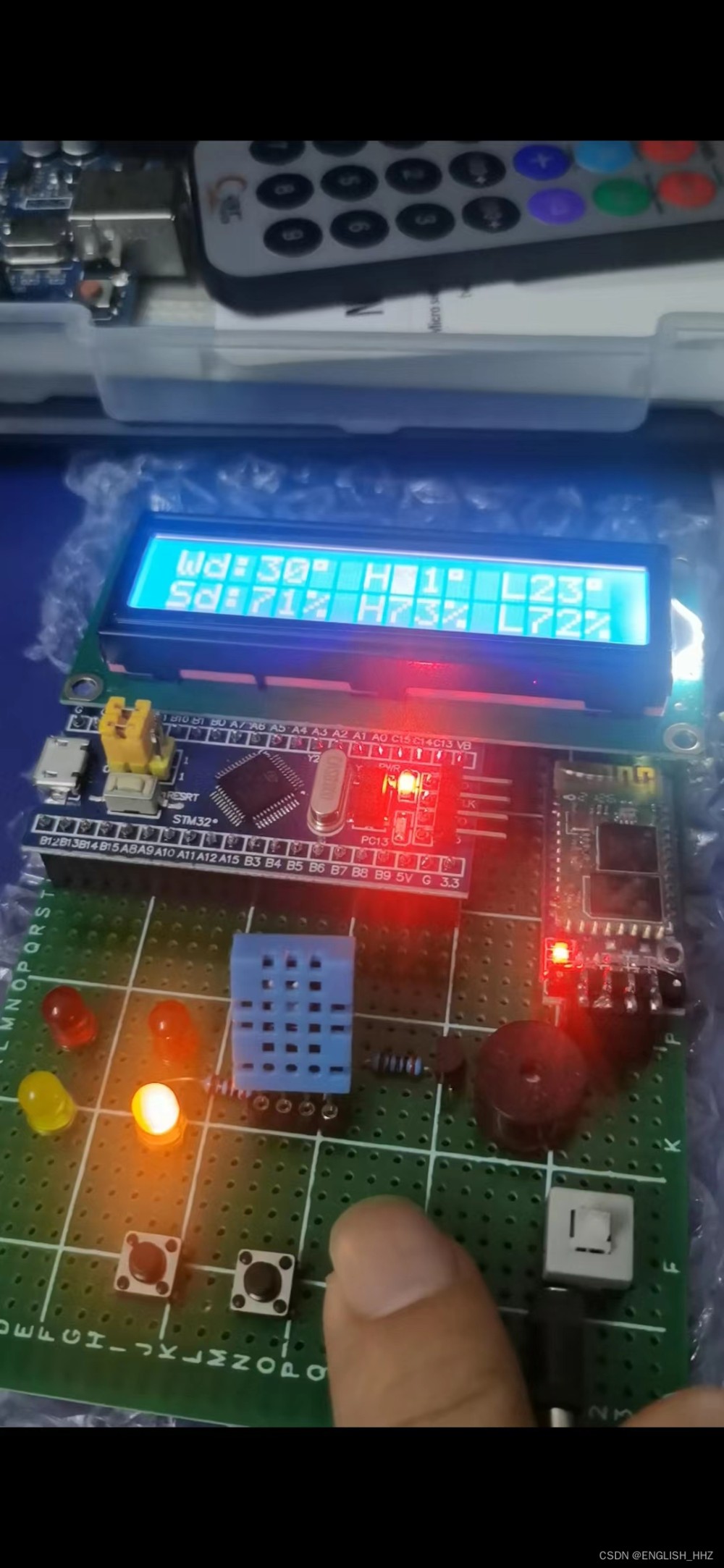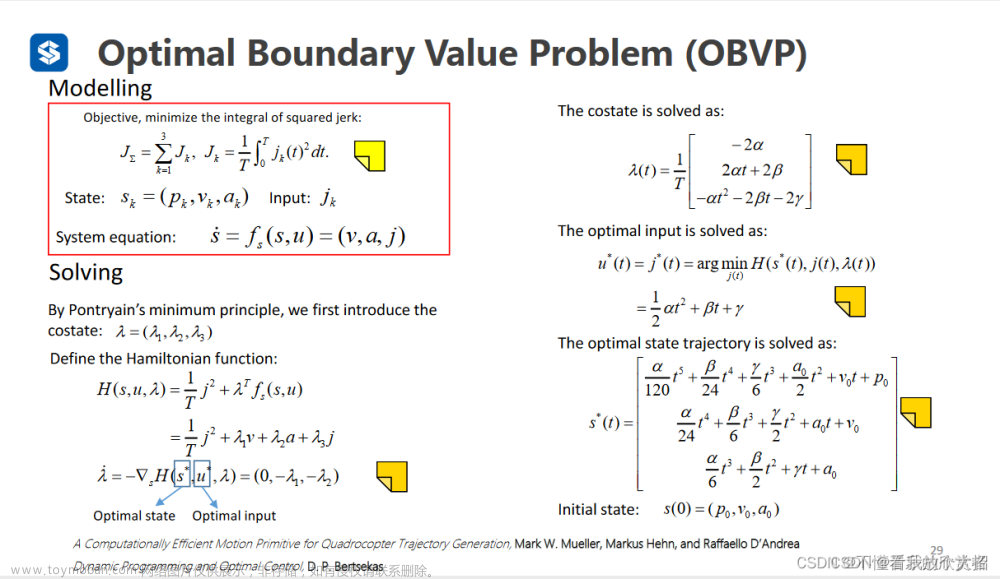初步了解Python
参考资料:
菜鸟教程:Python3基础语法
PEP 8:Style Guide for Python Code
Python Docs:Source Code Encoding
菜鸟教程:Python 3 命令行参数
Python Docs:Executable Python Scripts
知乎:#!/usr/bin/env python 有什么用?
编程规范:PEP 8
在没有额外编程规范的前提下,建议翻阅并遵守PEP 8 - Style Guide for Python Code
编码
默认情况下,Python 3 源码文件以 UTF-8 编码,所有字符串都是 unicode 字符串。 可以在源码文件上方指定不同的编码:
# -*- coding: cp-1252 -*-
上述定义允许在源文件中使用 Windows-1252 字符集中的字符编码,对应适合语言为保加利亚语、白俄罗斯语、马其顿语、俄语、塞尔维亚语。
标识符
标识符(变量名)命名规则:
-
第一个字符必须是字母表中字母或下划线
_。 -
其他的字符由字母、数字和下划线组成。
-
大小写敏感
-
不能用Python内置的关键字(keywork)
关键字即保留字,它们不能用作标识符名称。Python 的标准库提供了一个 keyword 模块,可以输出当前版本的所有关键字:
>>>import keyword
>>>print(keyword.kwlist)
['False', 'None', 'True', 'and', 'as', 'assert', 'async', 'await', 'break', 'class', 'continue', 'def', 'del', 'elif', 'else', 'except', 'finally', 'for', 'from', 'global', 'if', 'import', 'in', 'is', 'lambda', 'nonlocal', 'not', 'or', 'pass', 'raise', 'return', 'try', 'while', 'with', 'yield']
-
Python naming convention (命名惯例):
-
Modules should have short, all-lowercase names.
模组名全小写
-
Class names should normally use the CapWords (CamelCase) convention.
类名用驼峰命名法
-
Function and variables names should be lowercase, with words separated by underscores as necessary to improve readability.
函数与变量名全小写,可用下划线增加可读性
-
Constants are usually defined on a module level and written in all capital letters with underscores separating words. Examples include
MAX_OVERFLOWandTOTAL.常熟全大写,可用下划线增加可读性
-
-
Common name conventions:
-
_single_leading_underscore: weak “internal use” indicator. E.g.from M import *does not import objects whose names start with an underscore. -
single_trailing_underscore_: used by convention to avoid conflicts with Python keyword, e.g. :tkinter.Toplevel(master, class_='ClassName') -
__double_leading_underscore: when naming a class attribute, invokes name mangling (inside class FooBar,__boobecomes_FooBar__boo). -
__double_leading_and_trailing_underscore__: “magic” objects or attributes that live in user-controlled namespaces. E.g.__init__,__import__or__file__. Never invent such names; only use them as documented.
-
注释
Python中单行注释以 # 开头,实例如下:
#!/usr/bin/env python3
# 第一个注释
print ("Hello, Python!") # 第二个注释
执行以上代码,输出结果为:
Hello, Python!
多行注释可以用多个 # 号,还有 ''' 和 """:
#!/usr/bin/env python3
# 第一个注释
# 第二个注释
''' 第三注释
第四注释
'''
"""
第五注释
第六注释
"""
print ("Hello, Python!")
执行以上代码,输出结果为:
Hello, Python!
行与缩进
python最具特色的就是使用缩进来表示代码块,不需要使用大括号 {} 。
PEP 8: Indentation 与 PEP 8: Tabs or Spaces? 对Python缩进提出额外的要求,包括尽量使用四个空格作为缩进、尽量使用tabs而不是空格。
缩进的空格数是可变的,但是同一个代码块的语句必须包含相同的缩进空格数。实例如下:
if True:
print ("True")
else:
print ("False")
以下代码最后一行语句缩进数的空格数不一致,会导致运行错误:
if True:
print("Answer")
print("True")
else:
print("Answer")
print("False") # 缩进不一致,会导致运行错误
以上程序由于缩进不一致,执行后会出现类似以下错误:
SyntaxError: unindent does not match any outer indentation level
多行语句
Python 通常是一行写完一条语句,但如果语句很长,我们可以使用反斜杠 \ 来实现多行语句,例如:
# 仅作展示使用,不符合PEP 8规范
total = item_one + \
item_two + \
item_three
在 [], {}, 或 () 中的多行语句,不需要使用反斜杠 \,例如:
total = ['item_one', 'item_two', 'item_three',
'item_four', 'item_five']
total = (item_one
+ item_two
+ item_three)
PEP 8: Maximum Line Length 和 PEP 8: Line Break Before or After Operator? 包含了对于多行语句的编程规范。
空行
函数之间或类的方法之间用空行分隔,表示一段新的代码的开始。类和函数入口之间也用一行空行分隔,以突出函数入口的开始。详见PEP 8: Blank Lines
空行也是程序代码的一部分。
同一行显示多条语句
Python 可以在同一行中使用多条语句,语句之间使用分号 ; 分割,以下是一个简单的实例:
#!/usr/bin/env python3
x = 'abcd'; print(x)
使用脚本执行以上代码,输出结果为:
abcd
多个语句构成代码组
缩进相同的一组语句构成一个代码块,称之代码组。
像if、while、def和class这样的复合语句,首行以关键字开始,以冒号( : )结束,该行之后的一行或多行代码构成代码组。
首行及后面的代码组被称为一个子句(clause)。
如下实例:
if expression :
suite
elif expression :
suite
else :
suite
print 输出
print 默认输出是换行的,如果要实现不换行需要在变量末尾加上 end="":
#!/usr/bin/env python3
x="a"
y="b"
# 换行输出
print( x )
print( y )
print('---------')
# 不换行输出
print( x, end="" )
print( y, end="" )
print()
以上实例执行结果为:
a
b
---------
ab
善用 help() 方法
通过命令 help("print") 我们知道这个方法里第三个为缺省参数 sep=' '。
这里表示我们使用分隔符为一个空格。
>>> help("print")
Help on built-in function print in module builtins:
print(*args, sep=' ', end='\n', file=None, flush=False)
Prints the values to a stream, or to sys.stdout by default.
sep
string inserted between values, default a space.
end
string appended after the last value, default a newline.
file
a file-like object (stream); defaults to the current sys.stdout.
flush
whether to forcibly flush the stream.
所以在打印 dict 类的使用, 可以这样写:
>>> def getPairs(dict):
... for k,v in dict.items() :
... print(k,v,sep=':')
...
测试代码:
>>> getPairs({ x : x ** 3 for x in range(1,5)})
1:1
2:8
3:27
4:64
import 与 from...import
在 python 用 import 或者 from...import 来导入相应的模块。
将整个模块(somemodule)导入,格式为: import somemodule
从某个模块中导入某个函数,格式为: from somemodule import somefunction
从某个模块中导入多个函数,格式为: from somemodule import firstfunc, secondfunc, thirdfunc
将某个模块中的全部函数导入,格式为: from somemodule import *
以 time 模块举例:
-
将整个模块导入,例如:import time,在引用时格式为:time.sleep(1)。
-
将整个模块中全部函数导入,例如:from time import *,在引用时格式为:sleep(1)。
-
将模块中特定函数导入,例如:from time import sleep,在引用时格式为:sleep(1)。
-
将模块换个别名,例如:import time as abc,在引用时格式为:abc.sleep(1)。
命令行参数
很多程序可以执行一些操作来查看一些基本信息,Python可以使用-h参数查看各参数帮助信息:
$ python -h
usage: python [option] ... [-c cmd | -m mod | file | -] [arg] ...
Options and arguments (and corresponding environment variables):
-c cmd : program passed in as string (terminates option list)
-d : debug output from parser (also PYTHONDEBUG=x)
-E : ignore environment variables (such as PYTHONPATH)
-h : print this help message and exit
[ etc. ]
在使用脚本形式执行 Python 时,可以接收命令行输入的参数,具体使用可以参照 Python 3 命令行参数。
可直接运行的 Python 脚本
16.1.2. Executable Python Scripts
On BSD’ish Unix systems, Python scripts can be made directly executable, like shell scripts, by putting the line
#!/usr/bin/env python3.5
(assuming that the interpreter is on the user’s PATH) at the beginning of the script and giving the file an executable mode. The #! must be the first two characters of the file. On some platforms, this first line must end with a Unix-style line ending ('\n'), not a Windows ('\r\n') line ending. Note that the hash, or pound, character, '#', is used to start a comment in Python.
The script can be given an executable mode, or permission, using the chmod command.文章来源:https://www.toymoban.com/news/detail-825044.html
chmod +x myscript.py
On Windows systems, there is no notion of an “executable mode”. The Python installer automatically associates .py files with python.exe so that a double-click on a Python file will run it as a script. The extension can also be .pyw, in that case, the console window that normally appears is suppressed.文章来源地址https://www.toymoban.com/news/detail-825044.html
到了这里,关于11 - 初步了解Python的文章就介绍完了。如果您还想了解更多内容,请在右上角搜索TOY模板网以前的文章或继续浏览下面的相关文章,希望大家以后多多支持TOY模板网!









